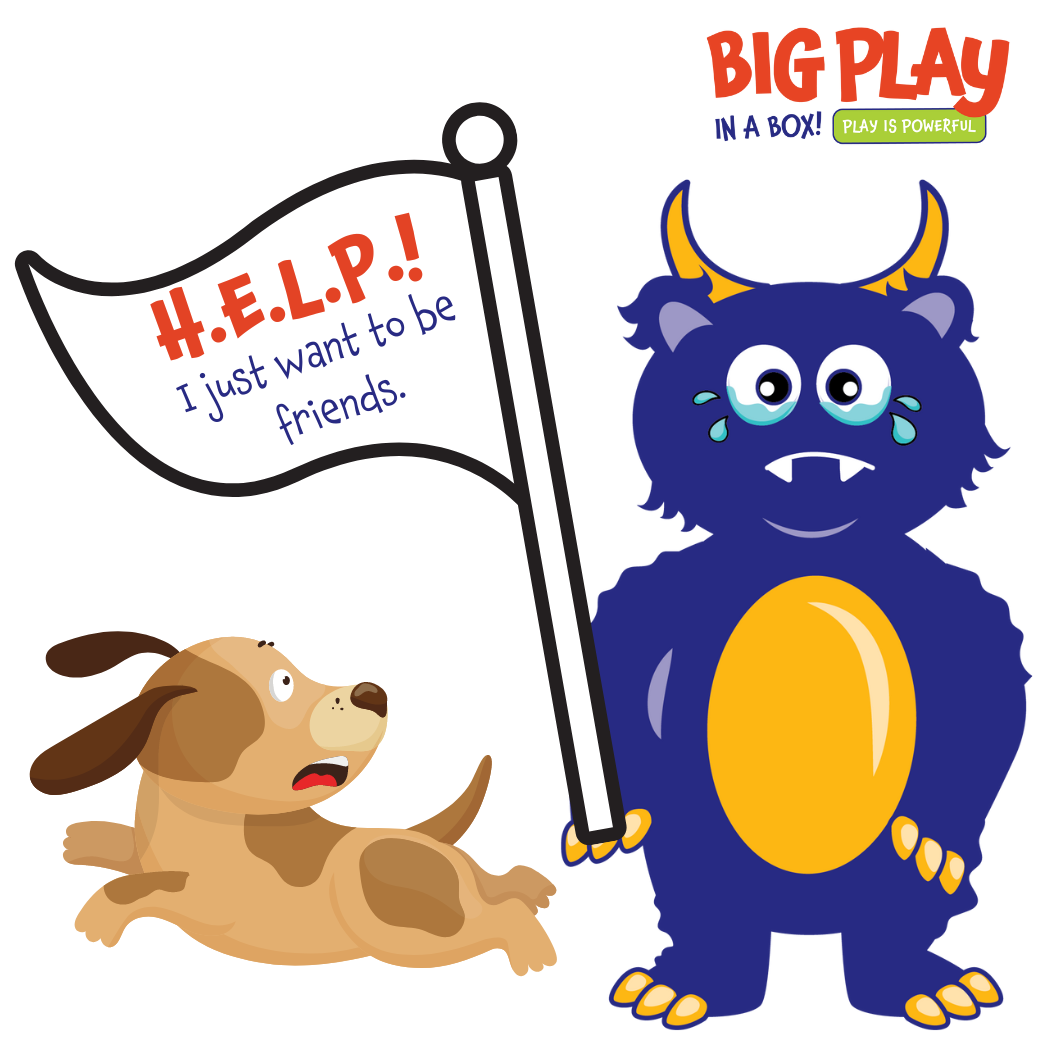
The thought of adding a pet to your home can be an exciting time for a family. But what if it goes wrong? What if you find out that one or more of your children does not respond to the pet in a way that you expected and only additional stress has been put on you and everyone (and thing) in the house? This blog is written for all families, however, especially those who have members of the family who exhibit symptoms of sensory processing challenges.
First off, what are sensory processing challenges? In a nutshell, we all experience our sensory world differently. There are 8 (yes, EIGHT) systems that need to be internally balanced to allow for comfort and the ability to engage appropriately with our surroundings. If they become "unbalanced" often a behavior is elicited. When the behavior creates a possible need to respond to it, it is considered a sensory processing "challenge" or disorder.
Those sensations include sight, taste, touch, sound, smell, movement, proprioception (awareness of the movement of your body), and lastly interoception. This is the ability to be aware of internal sensations such as hunger, bathroom needs, temperature, etc.. An example of a child having a difficult time with proprioception is not getting an internal sense of when touch is too much or too little. These kids may be considered "Bull in a China Shop" kiddos. They are rough on their toys and find ways to crash and bang into objects, people, and yes, their pets.
Now, let's get back to the topic at hand. Pets! Pets are known to provide great therapeutic benefits to many, many people. But sometimes it doesn't work out that way. As an Occupational Therapist, I have witnessed this firsthand on several occasions. Once, I was working with an exceptional child and their family who purchased a new Goldendoodle puppy to add to their household. What was meant to add joy, did nothing short of create a nightmare for all.
The child had a sensory processing disorder. He had a difficult time with impulse control and gauging his strength. His communication was fluent, but he still had a difficult time understanding what was going on with his body. He spoke positively about his new puppy, but Mom expressed much different responses at home. He became too "rough" with the dog and would intentionally release him to the outside. Mom was concerned that eventually, the dog was going to get hurt. Even more concerning was the potential response of the dog as it aged and the fear of it turning on the child out of its angst.
We tried many strategies, but in the end, the decision had to be made to rehome the dog. It was difficult for everyone. Could this child's response have been different under other circumstances? Maybe. But one thing is for sure, the more you can prepare, and practice pet ownership with a child who has sensory difficulties, the better chance you will have for success for a long-term loving addition to your family.
Here are some tips and suggestions when it comes to deciding if pet ownership is right for your family.
BEFORE PURCHASING
-Hands-On Experience - Provide your child opportunities to interact with different kinds of animals/pets. Do you have neighbors or family members with pets deemed safe to be around? Watch closely reactions and interactions. Are they fearful? Are they too rambunctious despite your forewarning? Other places to interact with animals could be petting zoos, pet stores, or animal shelters. Prepping your sensory-sensitive child in advance will always be helpful.
- Educate! -Read animal stories, both cartoon and with real photographs. Find ways to relate that animals have feelings and needs just the same as humans. Educate your child that sensations such as touch, sounds, smells, etc., all affect animals as they do people. This is a perfect time to discuss your own child's sensitivities and what he/she does or does not like in their sensory world.
-Teach Proper Handling - Use stuffed replicas of potential future pets. Discuss handling and what animals do or do not typically like. Distinguish between light touch and rough touch. A pat on the back versus a slug on the back. Light squeeze versus tight squeeze which could potentially injure an animal. Search for Kids and Animals videos on YouTube for various topics including care, handling, and kindness toward pets.
AFTER PURCHASING:
-Lead by Example - Be a role model for your child by treating animals with kindness and gentleness. Children often learn by observing the behavior of adults around them.
-Use Gentle Language - When talking about animals, use positive and gentle language. Emphasize the importance of being kind and considerate towards them. It can be too convenient to take one's frustrations out on an animal whether it is verbal or physical. Children are natural-born observers. Don't be surprised by language you would not approve of your child using toward your pet if you have made a habit of doing so yourself.
-Involve them in the Pet Care - If you have a family pet, involve your child in its care routine. This includes feeding, grooming, and cleaning up after the pet. This hands-on experience fosters a sense of responsibility and attachment to animals.
-Set Boundaries - This is important for both animal and child. Provide a safe spot for each where the other is not allowed. You may need to get creative with this, but it is important. As you get to know your new pet, pay close attention to the signals it gives when it has had enough. Maybe its tail goes between its legs. Perhaps his hair stands up, he hides under a table or shows his teeth. These are warnings not to be taken lightly, and your child needs to be educated on them just the same as you.
There are many other considerations one should take into account before bringing home a pet to your sensory-sensitive child.
Does your child have unknown allergies? Many kids who have sensitivities also suffer from allergies. Be extra mindful of looking for symptoms when engaging with other pets.

Do you need to look into an easier-maintenance pet to begin with? Perhaps fish, a turtle, or rabbit may be a good alternative to more commonly purchased dogs or cats.
Consider both the size and breed of the animal. There are known breeds that have a reputation for greater tolerance to kids such as a Golden Retriever. Small dogs may have great appeal for many reasons, but if your child tends to seek more rough play, perhaps small may not be your best bet.
Where does your child spend much of his/her energy level during the day? Finding a compatible companion for your child that can match or complement it will be helpful in the long run as well.
Pets can make OR break a family's dynamics. It is very important to weigh out all of the above considerations before a trip to the pet store is made. While it is obvious how important our child's well-being is following bringing home a new furry family member, we must also consider the safety of the pet as well.

Best wishes from Big Play in a Box for a successful union. The picture above is of Otie and our beloved pet, Charlie. Both have sensitivities, but have become the best of friends!

